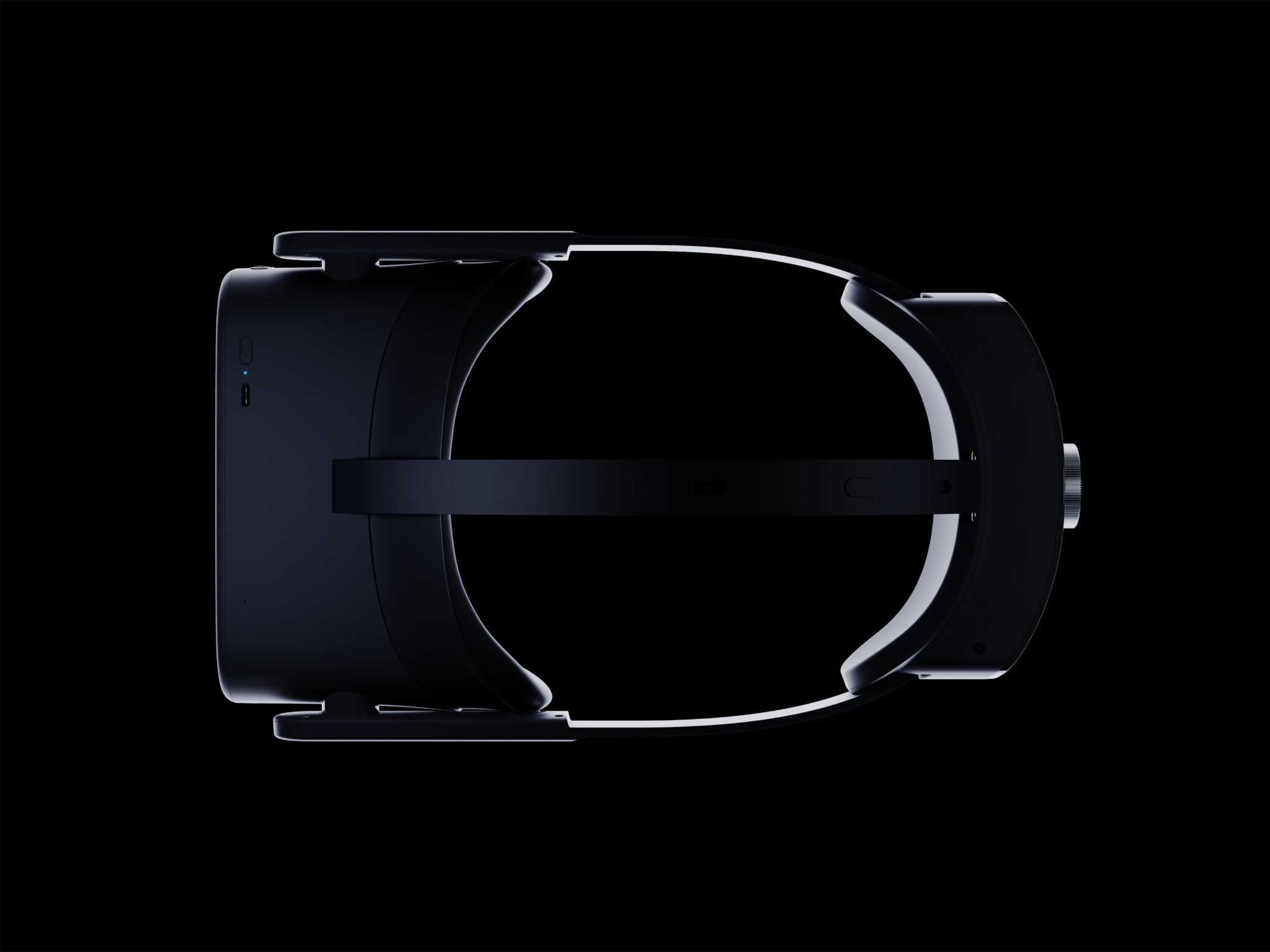
January 5, 2019 – Pico Interactive has today announced its latest VR headset, the Neo 2 – an all-in-one device with 6 degrees of freedom (6 DoF) head and controller tracking that the company anticipates will help to deliver key VR solutions to businesses. The Neo 2 will be available in two different models: the Neo 2, and the Neo 2 Eye.
Both models will feature technology that incorporates the Qualcomm Snapdragon 845 Mobile Platform. To further expand on Neo 2’s capabilities, Firefox Reality and Hubs by Mozilla will be incorporated into both headsets in late Q1, according to Pico. Firefox Reality is an open, accessible and secure browser built specifically with VR in mind to create an improved web browsing experience for VR users. Hubs by Mozilla allows users to collaborate online around virtual objects, spaces, and tasks – all whilst wearing a headset.
In partnership with Tobii – which specializes in eye tracking – the Neo 2 Eye model is aimed at enterprise customers, with Pico anticipating the Neo 2 Eye will help to improve companies’ operations and applications. The Pico Neo 2 also supports Boundless XR for PC, which allows Neo 2 users to wirelessly connect to a nearby PC to access VR content and experiences via the Pico Stream Box (sold separately, and currently only available to users in China). Additional specifications of both the Neo 2 and Neo 2 Eye headsets include the following:
- Display: 4K resolution, 101 degree field of view (FoV), 75Hz Refresh Rate;
- Components: 845 Snapdragon, 128 GB Storage, XGB RAM, SD Card Slot;
- Connectivity: Bluetooth 5.0, Wireless AD (Qualcomm Boundless XR);
- Design: Two electromagnetic controllers (6 DoF), hygienic replaceable face inserts;
- Weight: Less than 340g without headband, counterweighted battery for improved comfort, according to the company.
“Pico is building exceptional standalone VR headsets with the enterprise in mind and we are proud to incorporate our eye-tracking technology into the Neo 2 Eye,” said Henrik Eskilsson, CEO, Tobii Group. “Eye-tracking is rapidly becoming foundational in VR as it enhances device capabilities, enables better user experiences, and produces actionable insight.”
Earlier in 2019, Qualcomm Technologies announced Boundless XR for PC (using a Neo 2 prototype), which eliminates the need for cable or tracking sensors by wirelessly connecting via 60 GHz wire-equivalent latency wireless link to a nearby PC to enable split-processing between the PC and VR HMD.
“We’ve been working alongside Pico Interactive to spearhead the implementation of our leading XR technology into Pico’s VR headsets,” said Hugo Swart, VP and Head of XR at Qualcomm Technologies, Inc. “Together, our mission is to deliver Boundless XR for PC to allow users to access their high-quality PC VR content and move freely for a truly immersive and mobile XR experience.”
To aid businesses with application deployment through the use of the Neo 2 headset, Pico also provides its Enterprise Management Program, which offers an added layer of custom support and technical resources designed for businesses, including AAA support for direct connection with Pico’s development team, as well as flexible logistics and device customization options (loading screen, firmware,etc.).
“Few non-tethered headsets offer this level of visual quality, design and support, and we’re excited to offer a new VR headset built for businesses,” said Henry Zhou, CEO of Pico Interactive. “We’re focused on ‘user first’ in all sense of the term and are constantly looking for ways to improve our product offering. With the launch of the Neo 2, we are giving businesses around the world the opportunity to elevate the way in which [they] operate – from training to providing unique experiences through VR. For example, we have partnered with companies that are reducing pain in hospital settings to companies that focus on in-flight entertainment.”
Pico’s Neo 2 headsets will begin shipping in Q1 of 2020. For more information on Neo 2 and Pico Interactive, click here.
Image credit: Pico Interactive
About the author
Sam is the Founder and Managing Editor of Auganix. With a background in research and report writing, he has been covering XR industry news for the past seven years.
